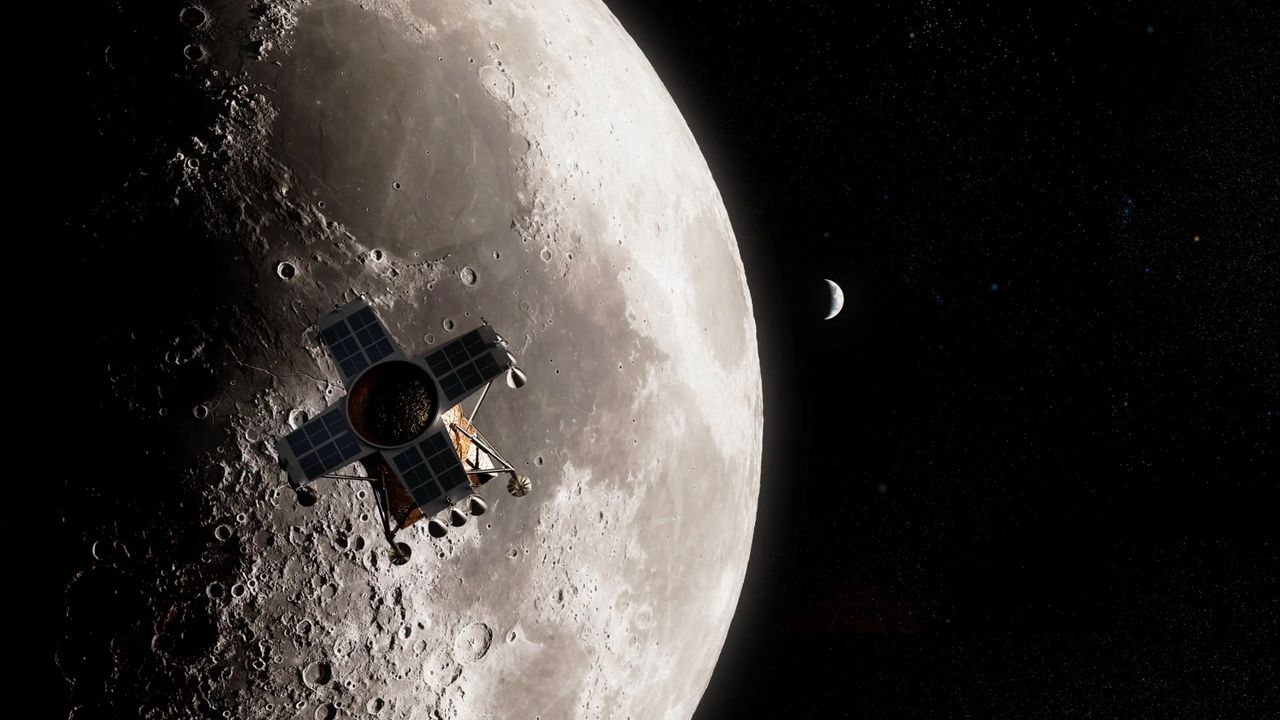Impulse Space, a commercial space venture established by Tom Mueller, has announced its plans to develop a robotic lunar lander, aiming for a launch as early as 2028. This initiative marks a significant step forward in the private sector’s efforts to explore the moon, as it seeks to contribute to the growing interest in lunar exploration.
Innovative Mission Plans
According to a blog post by Mueller, who was the first employee hired by Elon Musk at SpaceX, the lunar lander will be part of a broader mission architecture that includes a “kick stage” named Helios. Impulse Space’s approach involves launching both the lander and Helios together on a standard medium- or heavy-lift rocket. Once deployed in low Earth orbit, Helios will ferry the lander to low lunar orbit within a week.
Mueller emphasized the technological capabilities of Helios, stating, “By taking advantage of Helios’ high delta-v capabilities, this mission architecture doesn’t require in-space refueling.” Each mission is designed to deliver up to 3 tons of payload to the lunar surface, which could include essential equipment for establishing a sustainable presence on the moon.
Competing in a Growing Market
Impulse Space is entering a competitive field, with several private lunar landers already operational or in development. For instance, Intuitive Machines has launched its Nova-C spacecraft on two missions, while ispace has conducted similar operations with its Hakuto-R lander. Other notable competitors include Astrobotic with its Peregrine lander and Firefly Aerospace with the Blue Ghost craft.
Despite these challenges, Mueller believes that Impulse Space can bridge the gap between small robotic landers and larger crew-capable vehicles, such as those being developed for NASA’s Artemis program. He stated, “We need landers capable of near-term, multi-ton cargo deliveries in order to rapidly build out a sustainable lunar presence.” These deliveries could encompass a variety of essential equipment, including rovers, communication systems, and even habitation modules.
Impulse Space has already begun engineering the lunar lander’s propulsion system, which will utilize a bipropellant combination of nitrous and ethane, mirroring the successful technology employed in their existing spacecraft, Mira. The company has demonstrated a strong capacity for rapid development, having transitioned Mira from concept to operational spacecraft in just over 15 months.
As the lunar exploration landscape evolves, Impulse Space’s innovative approach and commitment to technological advancement position it as a significant player in the quest to explore and utilize the moon.





































































